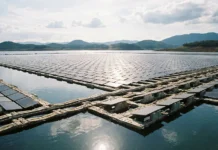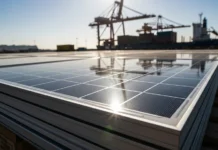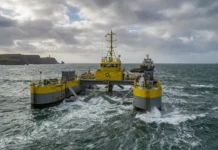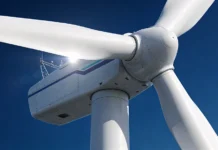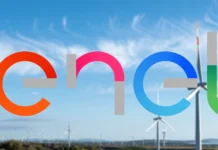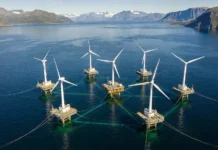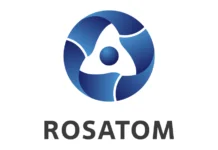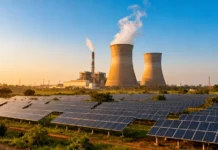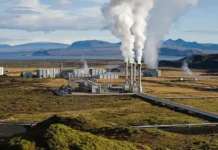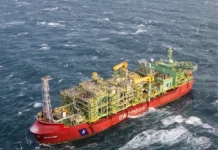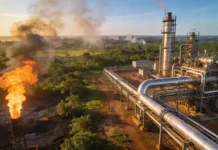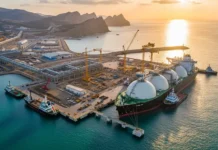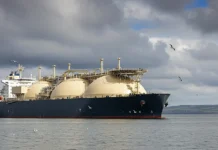The oil and gas industry in the Asia-Pacific region faces challenges in raising funds for capacity expansion, according to the Institute for Energy Economics & Financial Analysis (IEEFA). Industry financing depends on financiers, underwriters, and advisors, but there is a growing number of financial institutions joining a global alliance, the Glasgow Financial Alliance for Net Zero (GFANZ), which aims to reduce funding for fossil fuel operations. To align with net-zero commitments and national targets, lenders and investors need to change their policies significantly. This could make it harder to secure capital support for the oil and gas sector, particularly for expansion plans, in the future.
GFANZ, formed during the 2021 UN Climate Change Conference, has attracted 550+ organizations, including oil and gas capital providers. They recognize the need to limit fossil fuel financing by 2050 and meet intermediate targets by 2030. As GFANZ grows and net-zero targets strengthen, raising capital for new oil and gas production may become more difficult.
Oil and gas companies in the Asia-Pacific region, particularly in APAC, lag behind global peers. They heavily rely on fossil fuel revenue and have limited exposure to non-carbon assets. The top twenty regional producers, despite net-zero commitments, generate 96% of their revenue from oil and gas activities. Many of these companies are hesitant to invest in new energy sources, causing them to fall behind.
APAC oil and gas companies depend more on equity financing, with an average debt-to-total capital ratio of 32% among 259 companies. Additionally, the region has significant state-owned producers, and the oil and gas sector plays a crucial role in the national GDP. Government-owned or state-controlled companies contribute 77% of APAC’s oil and gas production. Their heavy reliance on oil and gas revenue explains the slower transition to alternative energy sources compared to other markets.
As per insights, shareholder requirements, rather than lenders’ policies, may be more effective in driving changes in attitudes toward environmental, social, and governance matters among APAC oil and gas companies. It identifies six regional companies with high outstanding borrowings and significant investment plans for oil and gas production growth: India’s Oil & Natural Gas Corporation, Australia’s Santos and Woodside Energy, and China’s state-owned China National Offshore Oil Corporation and PetroChina. These companies rely heavily on bonds for debt capital, with 91% of their total borrowing being in bonds and 9% in bank loans.
There is potential for regional leadership within GFANZ. Currently, the alliance’s APAC membership lacks representation from China and India, which are major players in the oil and gas industry with existing operations and significant expansion plans in the region. Given the size, scale, and profile of these economies, active participation in the global transition away from fossil fuels is deemed necessary.



